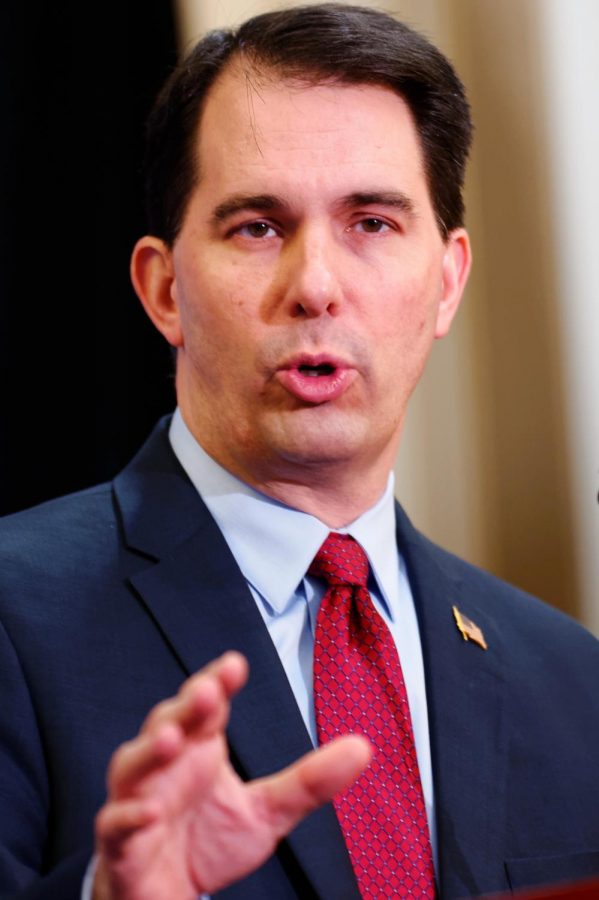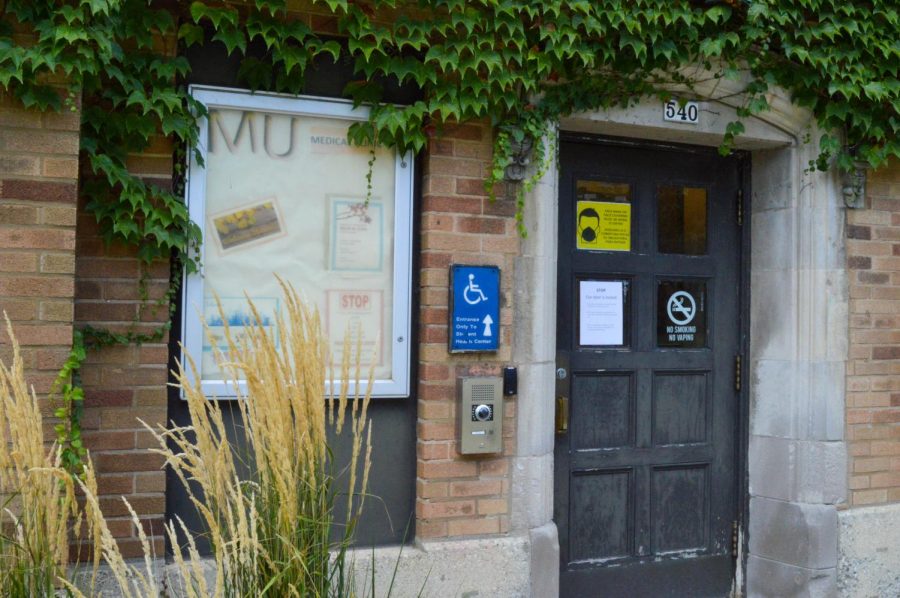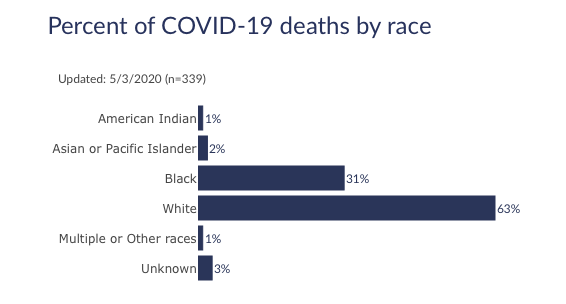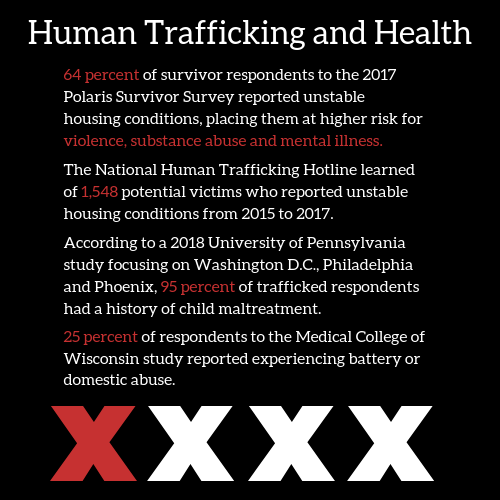 It’s week two of the Affordable Care Act and Healthcare.gov is still broken.
It’s week two of the Affordable Care Act and Healthcare.gov is still broken.
You can’t enroll for the insurance marketplaces online, and unless you call and attempt to fight the long hold times, you can’t yet enroll in the ACA through the national exchanges (some state exchanges have been successful). But what exactly are you enrolling in?
The ACA is a mix of good and bad legislation.
The first good thing about the act is it will require every American citizen to have health insurance. It will even provide subsidies and different levels of coverage – bronze, silver and gold – to offset the cost of the insurance.
Hospitals are bogged down by people who use the emergency room for every little thing because ERs have to accept patients regardless of their insurance coverage. With the health insurance requirement, the government hopes the burden facing hospitals will be reduced and people will switch over to primary care providers, thus saving money by helping people before they require emergency room services.
Furthermore, the ACA stops insurance companies from denying coverage because of pre-existing medical conditions. The law will stop insurance companies from dropping the coverage of people who become sick, it will eliminate higher premiums solely because of health issues, and it allows children to stay on their parents’ insurance until they are 26.
Now for some of the act’s drawbacks.
The ACA relies on young Americans to enroll in it for its success. It needs healthy people paying into it to offset the cost of the aging population that will be more actively utilizing it. That said, a survey by the Commonwealth Fund, a private foundation that is “working toward a high performance health system,” said 73 percent of people between the ages of 19 and 27 weren’t even aware of the marketplaces. This is concerning because, if the ACA doesn’t get the healthy young adults it needs to function, the cost will rise drastically in the future.
Another problem is the penalty for foregoing the coverage is $95, or 1 percent of a person’s total annual income. Although that rate increases on a yearly basis, there is an idea circulating that people will simply pay the penalty for not having insurance instead of paying the expensive monthly premiums.
The biggest illustration of the act’s pros and cons comes from a report from the Department of Health and Human Services.
In Wisconsin, a 27-year-old making $25,000 a year would pay $2,856 a year for the second lowest “silver” health care plan without any subsidy support, according to a HHS report. A big part of the ACA is it subsidizes low-income health care. It is these subsidies that make the mandatory insurance reasonable for low income families. After the subsidy, the same 27-year-old would be paying $1,740 a year.
When you take the ACA into the workplace, you’ll see two things: a reluctance for new full-time hires and a cut back of part-time insurance. Employee-provided health insurance was never cheap for companies to provide, but now it is almost unreasonable. It makes more sense for employers to end their policy, take the fine for not having insurance and instead provide employees with extra money to test the marketplaces than it does for them to keep their expensive policies.
The general public agrees that something must be done in the insurance realm with America being the first in per capita spending for health care, but both political parties are split on how to resolve the issue.
As a person that doesn’t have insurance and isn’t covered by his parent’s plan, I’m going to test the exchanges, but I can’t say I’m excited.










